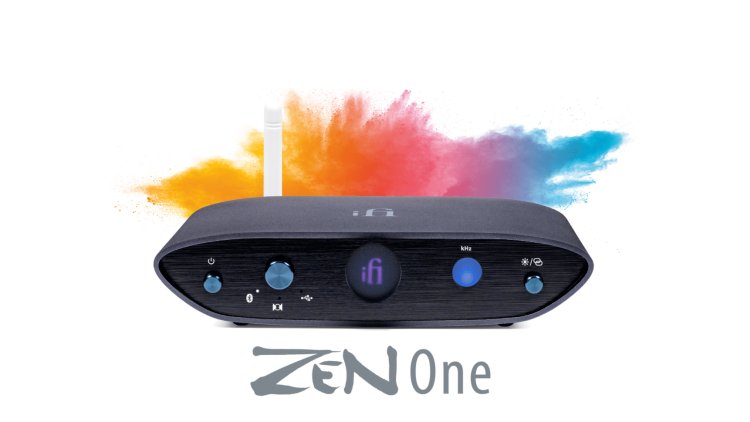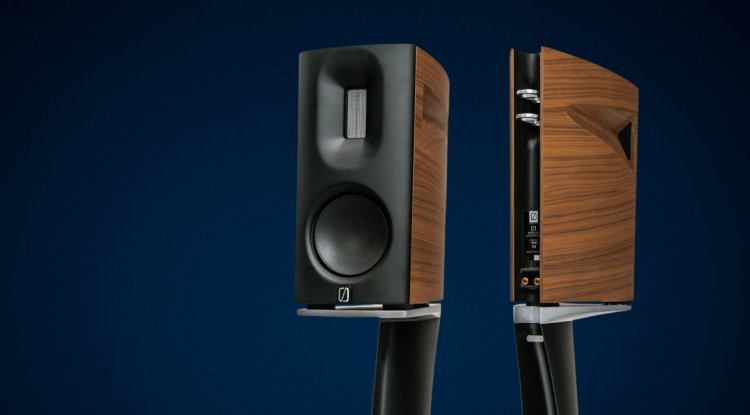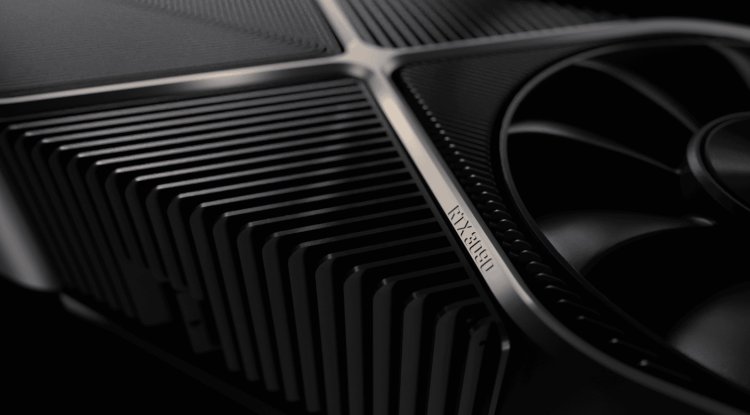New DAC: Zen One Signature from iFi

The new iFi D/A-Converter "Zen One Signature" is positioned as an economical digital all-rounder in a tiny package and at a low price.
Ifi Audio is a true expert in devices with a lot to offer despite their compact size. Thus, the new Zen One Signature combines the D/A converter from the well-known Zen DAC V2 (see our review of the original Zen DAC here) and expands it by adding a S/PDIF interface (optical and coaxial) as well as Bluetooth technology from the Zen Blue V2 to the USB 3.0 connection.

The end result is a pure DAC with no internal headphone amplifier or volume control that is believed to be appropriate as a home audio hub for all digital devices, including smartphones and tablets, PCs and Macs, CD players, music servers, TVs, and gaming consoles.
The ZEN One Signature is packaged in a blue anodized aluminum "Signature Series" container that measures 158 x 100 x 35 millimeters and weighs 485 grams.
Nonetheless, the ingredients are said to be of good quality. As a result, the maker uses capacitors from Murata, Panasonic, ELNA, and TDK, as well as Vishay resistors and the new, powerful 16-core XMOS processor, a GMT Femto-precision clock, and the Burr-Brown "True Native" chipset, which serves as the DAC's heart.
This allows the user to process the most important signals, such as PCM with up to 32 bits and 384 kHz, DSD including DSD256, and information encoded in lossy MQA with up to MQA at 384 kHz.

The ZEN One Signature has a USB connector (USB 3.0 Type B), an optical and coaxial S/PDIF input, an antenna slot for the integrated Bluetooth 5.1 module, and a power jack for the bundled iPower 2 power supply on the back. The Zen One Signature has a balanced 4.4 mm Pentaconn connector and unbalanced stereo RCA connectors for analog output.
Audio signals received through USB can be further sent over the coaxial S/PDIF interface. The output stage's signal processing is balanced. iFi Audio places a premium on the components utilized here, such as Texas Instruments' unique operating amplifiers.





























